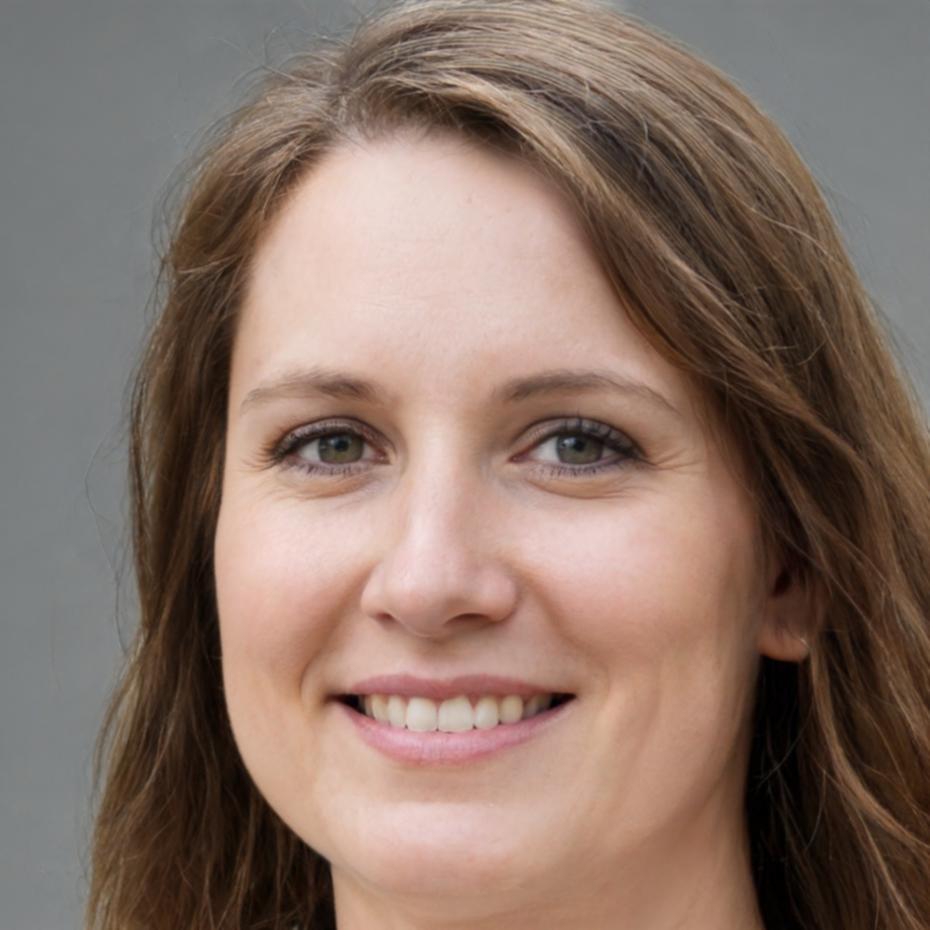Build Real Financial Models That Matter
Most financial modeling courses teach you formulas. We teach you how to think. Starting autumn 2025, our program focuses on decision frameworks and practical modeling approaches used in actual business environments.

What's Changing in Financial Modeling
The field is evolving. Here's what we're seeing in 2025 and what it means for people learning to build models.
Integration Over Isolation
Models now connect directly to live data sources. You'll work with API connections and automated data feeds instead of static spreadsheets.
Scenario Analysis Focus
Single forecasts don't cut it anymore. Businesses want multiple scenarios with probability weighting and sensitivity testing built in.
Visualization Expectations
Stakeholders expect interactive dashboards, not hundred-row spreadsheets. We teach both the modeling and the presentation layer.
Learning Works Better With Others Around
You're not just watching videos alone. Our program runs as a cohort where everyone starts together in October 2025.
We've found that people learn modeling faster when they can compare approaches and discuss assumptions. You'll work on individual projects but review them in group sessions.

How We Structure Your Learning Path
The program adapts based on what you already know and what you're trying to build. No fixed curriculum that treats everyone the same.
Initial Assessment Phase
We start with your current skill level. If you're comfortable with Excel but new to forecasting, that determines where you begin. If you've built models before but want to improve structure, different path.
Industry Context Selection
Your project will be in a sector you actually care about. SaaS businesses need different models than manufacturing companies. Retail forecasting looks nothing like professional services.
Progressive Complexity Building
You start with a simple revenue model. Then add operating expenses. Then working capital. By week eight, you're handling debt schedules and equity waterfalls because you built up to them.
Real Scenario Application
Final month focuses on using your model for actual decisions. What if revenue drops fifteen percent? How does changing payment terms affect cash position? You're answering real questions, not theoretical ones.

Risa Enomoto
Lead Instructor
I spent twelve years building financial models for M&A transactions before switching to teaching. The difference between academic modeling and what actually gets used in business is huge.
This program came from frustration with courses that teach perfect models nobody uses. Real models are messy, need frequent updates, and have to explain themselves to non-finance people.
Program Structure and Timeline
Sixteen weeks starting October 2025. Mix of live sessions, self-paced work, and group reviews. About twelve hours per week including session time.

Foundation Phase
Weeks one through four cover core modeling principles. You'll build a simple three-statement model and learn proper formula structure. Focus is on clean, auditable work that others can follow.
Industry Application
Weeks five through twelve apply those principles to your chosen sector. You're building a complete model specific to your industry, adding complexity each week based on what that business type actually needs.
Scenario Development
Weeks nine through twelve layer in multiple scenarios. Base case, upside case, downside case. You'll learn sensitivity analysis and how to present range outcomes instead of single-point forecasts.
Presentation Skills
Final four weeks focus on communicating model outputs. Building executive dashboards, writing commentary, presenting to stakeholders who don't understand finance. Your model only matters if people use it.
Next Cohort Starts October 2025
Program details are available now. Applications open June 2025. Spots are limited to maintain group size for effective peer learning.